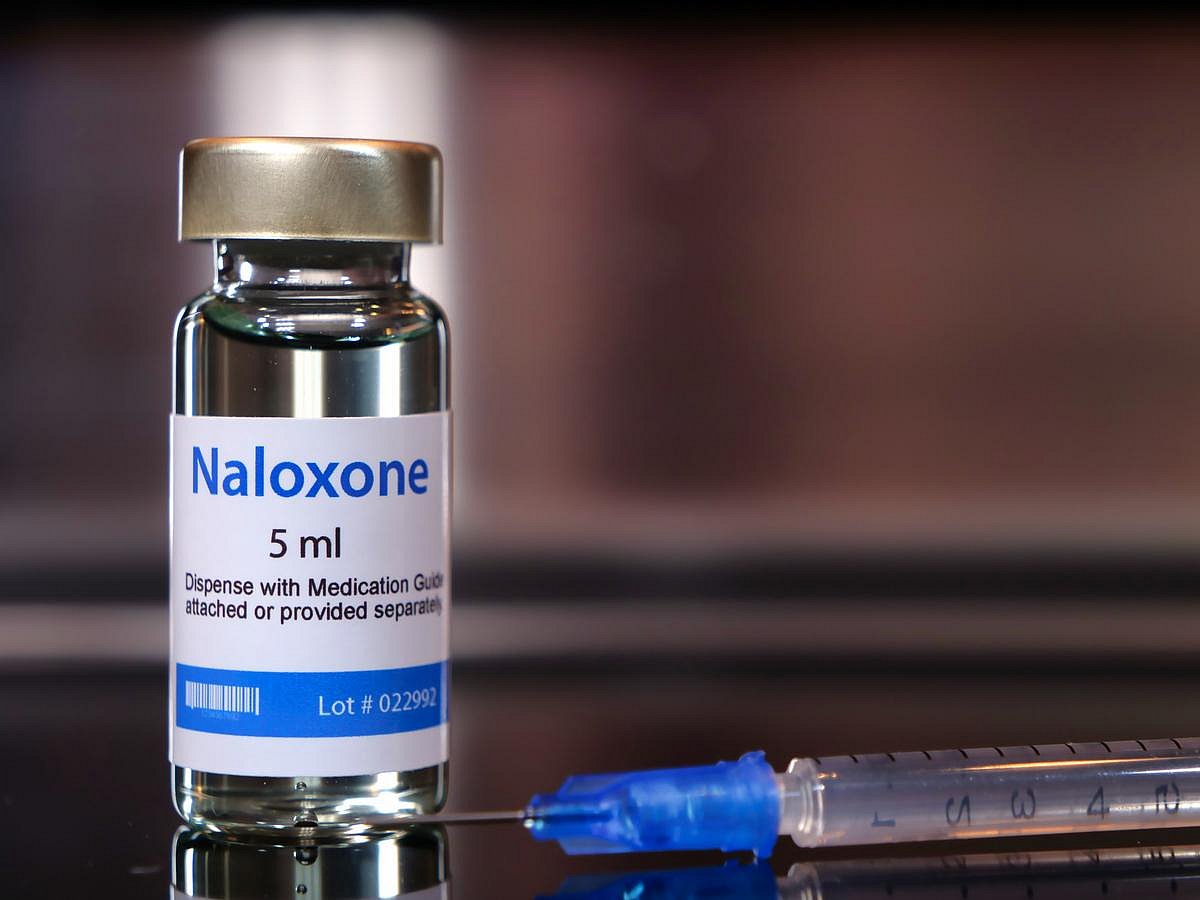(330) 876-1228
8507 Main StreetKinsman, OH 44428
(330) 876-1229

In findings that suggest inroads are being made in the battle against America's opioid epidemic, new government data shows a 10% drop in overdose deaths.
The statistics, compiled by states and posted by the U.S. Centers for Disease Control and Prevention, show just over 100,000 people died of a drug overdose during the 12-month period ending in April 2024.
Dr. Rahul Gupta, director of the White House Office of National Drug Control Policy, described the drop as the largest on record and credited the administration’s dual strategies of beefing up public health interventions while cracking down on drug suppliers.
“This has not happened by accident,” Gupta told the Washington Post.
Experts also credited the widespread availability of the overdose antidote naloxone, the Post reported.
But there is also a less sunny analysis of the decline: Because fentanyl took so many lives in recent years, the group of potential victims has shrunk, Dr. Daniel Ciccarone, a researcher at the University of California, San Francisco School of Medicine who studies overdose trends, speculated to the Post.
Importantly, the CDC data remains preliminary and could change because state data lags as coroners and medical examiners conclude death investigations.
Overdoses reached historic rates in recent years as fentanyl took over the nation’s heroin supply, the Post reported. Overdose deaths in 2021 topped 100,000 nationally for the first time. In 2022, the spike slowed but still reached nearly 110,000 confirmed deaths, a record high.
Last year, an estimated 108,318 people died in what federal officials described as the first annual decrease in deaths since 2018.
Even that 2018 dip had been fleeting, as fatalities rose again and spiked during the pandemic, the Post reported.
Still, the 2018 decrease was more gradual while the recent drop has been steep, said Nabarun Dasgupta, a senior scientist at the University of North Carolina at Chapel Hill's Injury Prevention Center. Overdoses not resulting in death have also decreased in many states, Dasgupta told the Post.
Dasgupta said he believes that by the end of 2024, there could be 20,000 fewer deaths than the year before.
“This will be a historic moment for public health. Something has changed -- that I’m sure of,” Dasgupta said. “Where the direction lines go from here, I have no idea.”
Dasgupta theorized that changes in the illicit drug supply may be playing a major role.
Other drugs are appearing alongside fentanyl, depending on the region. In some cases, drug dealers add the tranquilizer xylazine to fentanyl. The tranquilizer prolongs the sedating effect and staves off opioid withdrawal so that users may consume less fentanyl each day, experts suggest.
While the latest CDC data does not include demographics, a recent analysis from the health policy research organization KFF compared fatal overdoses from the second half of 2023 to the same period the year before and found deaths decreased among most racial and ethnic groups.
Still, white people experienced a more significant decline in deaths than other groups, KFF policy analyst Heather Saunders, who wrote the analysis, told the Post.
More information
The National Institute of Drug Abuse has more on overdoses.
SOURCE: U.S. Centers for Disease Control and Prevention, data, Oct. 7, 2024; Washington Post
